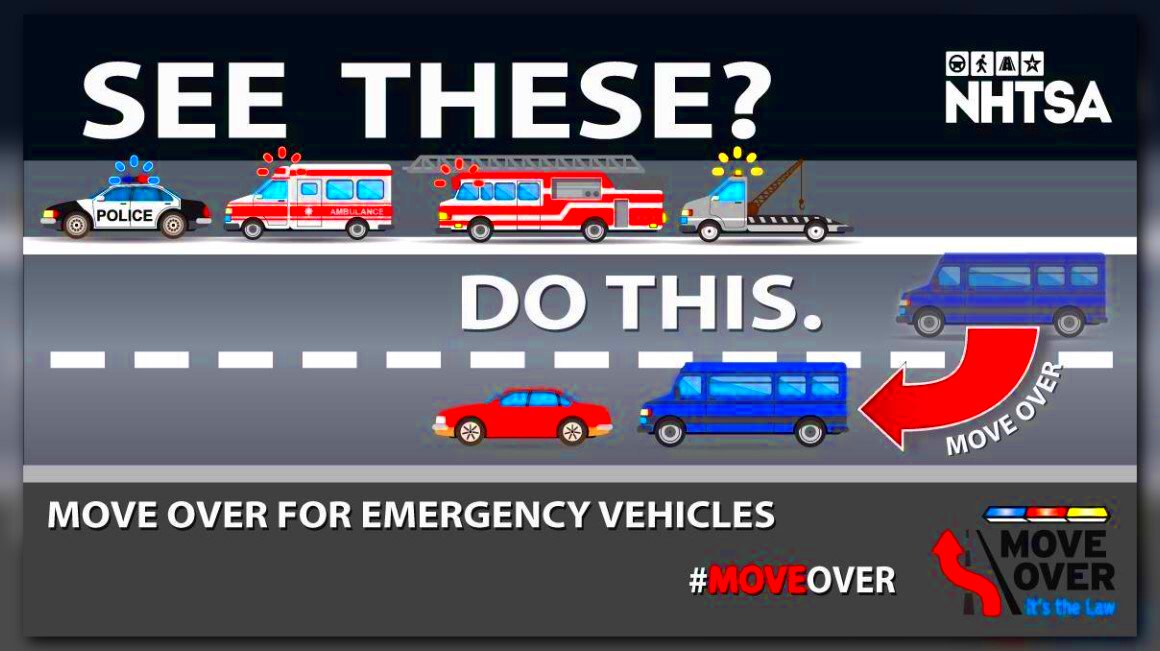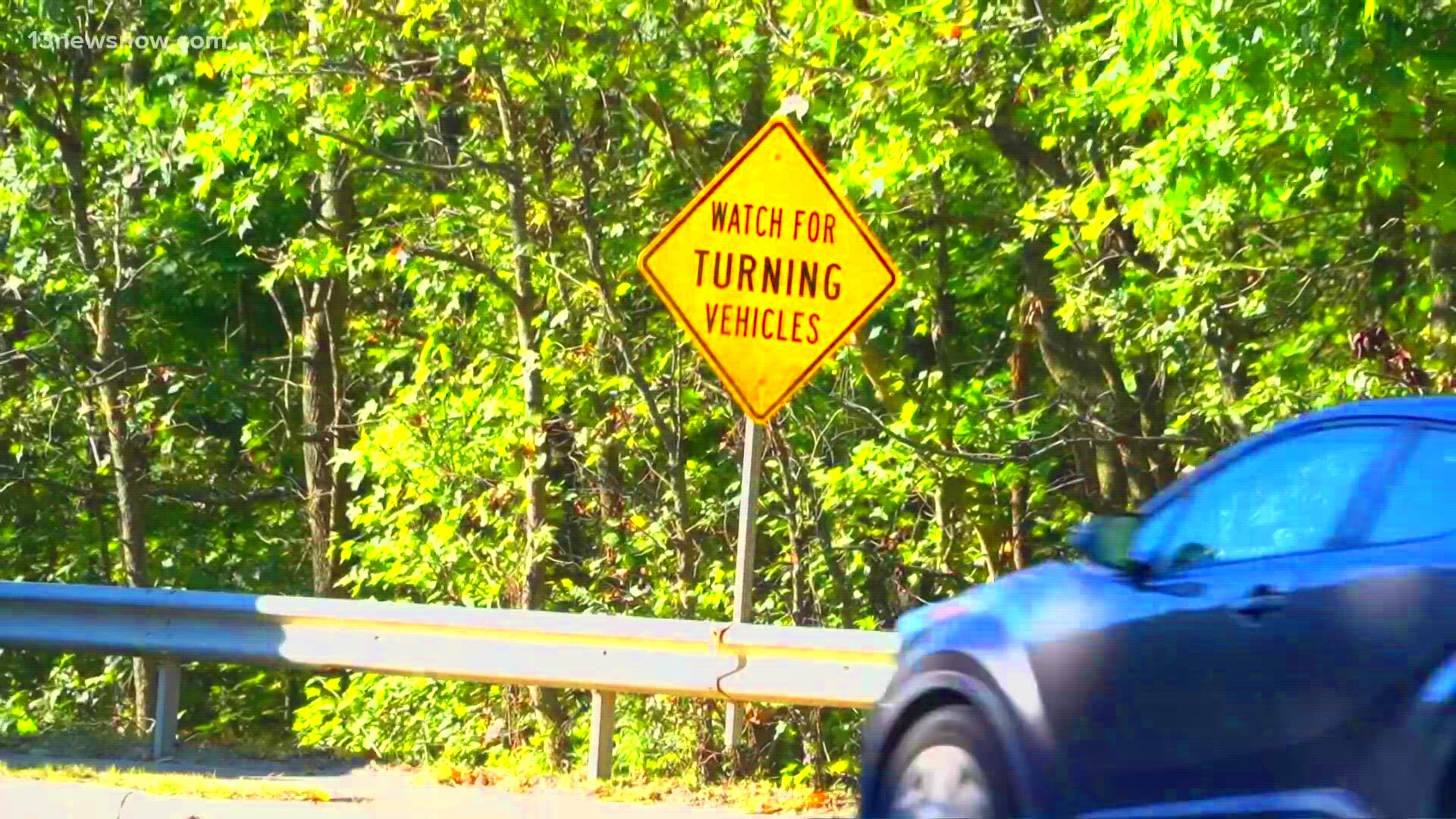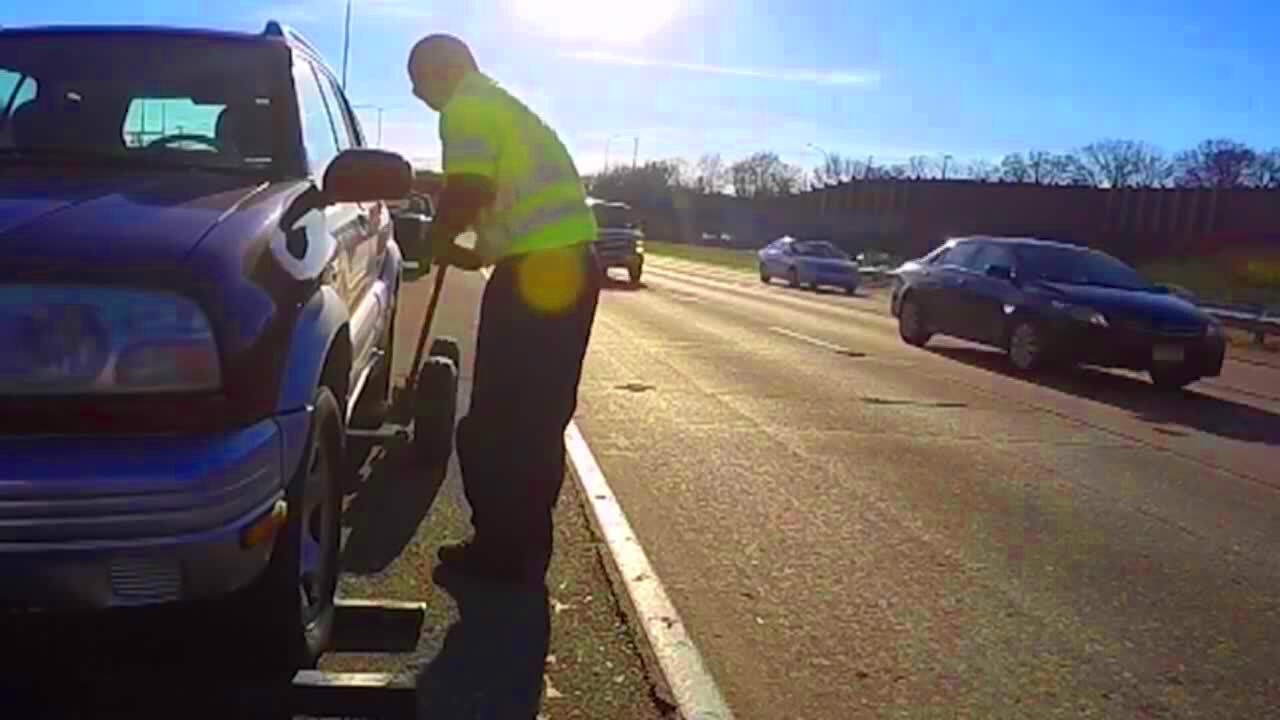Move Over Law in Virginia: What Drivers Should Know
The Move Over Law in Virginia is designed to enhance safety for emergency responders and roadside workers. When you see flashing lights, it’s not just a suggestion to slow down; it’s a legal requirement to create a safe environment for those who help us in emergencies. This law is essential in protecting those who put their lives on the line to assist others. Understanding this law is crucial for all drivers to ensure safety on the roads.
Purpose of the Move Over Law

The primary purpose of the Move Over Law is to prevent accidents involving emergency vehicles. Here’s why it matters:
- Safety of Emergency Personnel: The law helps protect police officers, firefighters, and medical responders working on the roadside.
- Reducing Roadside Incidents: By moving over, drivers can reduce the chances of collisions.
- Raising Awareness: The law educates drivers about their responsibility when approaching emergency scenes.
In Virginia, the law requires drivers to change lanes away from emergency vehicles when it is safe to do so. If changing lanes isn’t possible, drivers must reduce their speed significantly.
Who is Protected Under This Law

The Move Over Law protects various individuals who work on or near the roads. Here are the key groups covered:
- Law Enforcement Officers: Police officers directing traffic or assisting motorists.
- Firefighters: Fire personnel responding to emergencies or managing fire scenes.
- Emergency Medical Technicians (EMTs): Paramedics providing care to individuals in need.
- Roadside Assistance Workers: Tow truck drivers or service personnel helping stranded motorists.
- Utility Workers: Workers repairing or maintaining utility lines near the road.
By understanding who this law protects, drivers can be more aware and considerate while on the road. Remember, every time you see flashing lights, you play a vital role in keeping our emergency responders safe.
Penalties for Violating the Move Over Law

In Virginia, the Move Over Law is taken seriously, and there are penalties for those who fail to comply. Understanding these penalties is essential for every driver. Violating this law can lead to significant consequences, ensuring that everyone takes their responsibility on the road seriously.
Here’s what you need to know about the penalties:
- Fines: The typical fine for violating the Move Over Law is around $250. However, if the violation results in injury or death, the fines can escalate significantly.
- Points on License: Drivers may receive demerit points on their driving record, which can impact insurance rates and lead to further penalties if points accumulate.
- Increased Insurance Premiums: Having violations on your record can lead to higher insurance premiums, costing you more in the long run.
Remember, these penalties are not just about punishing drivers. They serve as a reminder to prioritize safety and show respect for those working on our roads. By following the Move Over Law, you can avoid these penalties while helping keep everyone safe.
How to Safely Move Over

Knowing how to safely move over is crucial for every driver. Here are some easy steps to follow when you see an emergency vehicle with flashing lights:
- Slow Down: Reduce your speed as you approach the scene. This gives you more time to react.
- Check Your Surroundings: Before changing lanes, ensure it’s safe to do so by checking mirrors and blind spots.
- Change Lanes if Possible: Move over to the lane that is not adjacent to the emergency vehicle.
- Maintain a Safe Distance: Keep a safe distance from the emergency vehicle while you pass.
- Be Alert: Stay aware of your surroundings, as emergency situations can change quickly.
Following these steps can significantly reduce the risk of accidents and ensure the safety of emergency responders and other drivers. Always remember, safety should come first.
Exceptions to the Move Over Law
While the Move Over Law is strict, there are a few exceptions where drivers may not need to change lanes. Understanding these exceptions can help drivers make informed decisions on the road:
- Heavy Traffic: In situations where traffic is too dense to change lanes safely, drivers are not required to do so.
- Road Conditions: Poor weather conditions or road hazards may also be considered when evaluating the need to move over.
- Emergency Vehicles on the Opposite Side: If an emergency vehicle is on the other side of a divided highway, moving over is not required.
Even with these exceptions, drivers should still exercise caution and be aware of their surroundings. Safety is paramount, and the Move Over Law is in place to protect everyone on the road.
Common Misconceptions about the Move Over Law
There are several misconceptions surrounding the Move Over Law that can lead to confusion among drivers. It’s essential to clear these up to ensure everyone understands their responsibilities when approaching emergency vehicles. Let’s dive into some of the most common myths.
- Myth 1: The law only applies to police cars. Many people believe the law only pertains to police vehicles, but it actually includes all emergency vehicles, such as ambulances, fire trucks, and roadside assistance vehicles.
- Myth 2: You only need to move over if there is an accident. This isn’t true. The law applies whenever emergency lights are flashing, regardless of the situation.
- Myth 3: It’s acceptable to slow down instead of moving over. While slowing down is essential, the law requires drivers to change lanes when it’s safe to do so. Simply reducing speed is not enough.
- Myth 4: I won’t get in trouble if I don’t see any officers around. Ignoring the law can still result in penalties, even if there are no officers present to witness the violation.
By dispelling these misconceptions, drivers can better understand the Move Over Law’s intent and help promote safer road conditions for everyone.
Frequently Asked Questions
Here are some common questions people have about the Move Over Law in Virginia. Understanding these can help clarify any doubts you may have:
- Q1: What should I do if I can’t move over? If you can’t safely change lanes due to traffic or other conditions, slow down significantly as you pass the emergency vehicle.
- Q2: Does the Move Over Law apply to stationary emergency vehicles only? No, it applies to all emergency vehicles with flashing lights, regardless of whether they are stationary or in motion.
- Q3: Are there any exceptions to the Move Over Law? Yes, exceptions include heavy traffic and poor road conditions where moving over may not be safe.
- Q4: How can I report a violation of the Move Over Law? You can report violations to local law enforcement agencies by providing as much detail as possible, including vehicle descriptions and license plate numbers.
These FAQs can help clear up confusion and encourage responsible driving habits.
Conclusion
The Move Over Law in Virginia is vital for ensuring the safety of emergency responders and workers on the roads. By understanding this law, its purpose, and the penalties for violations, you can contribute to a safer driving environment. Remember to always slow down and move over when you see flashing lights, and educate others about the importance of this law. It’s not just a rule; it’s about protecting lives. Let’s all do our part to keep our roads safe and show respect for those who risk their safety to help others.


